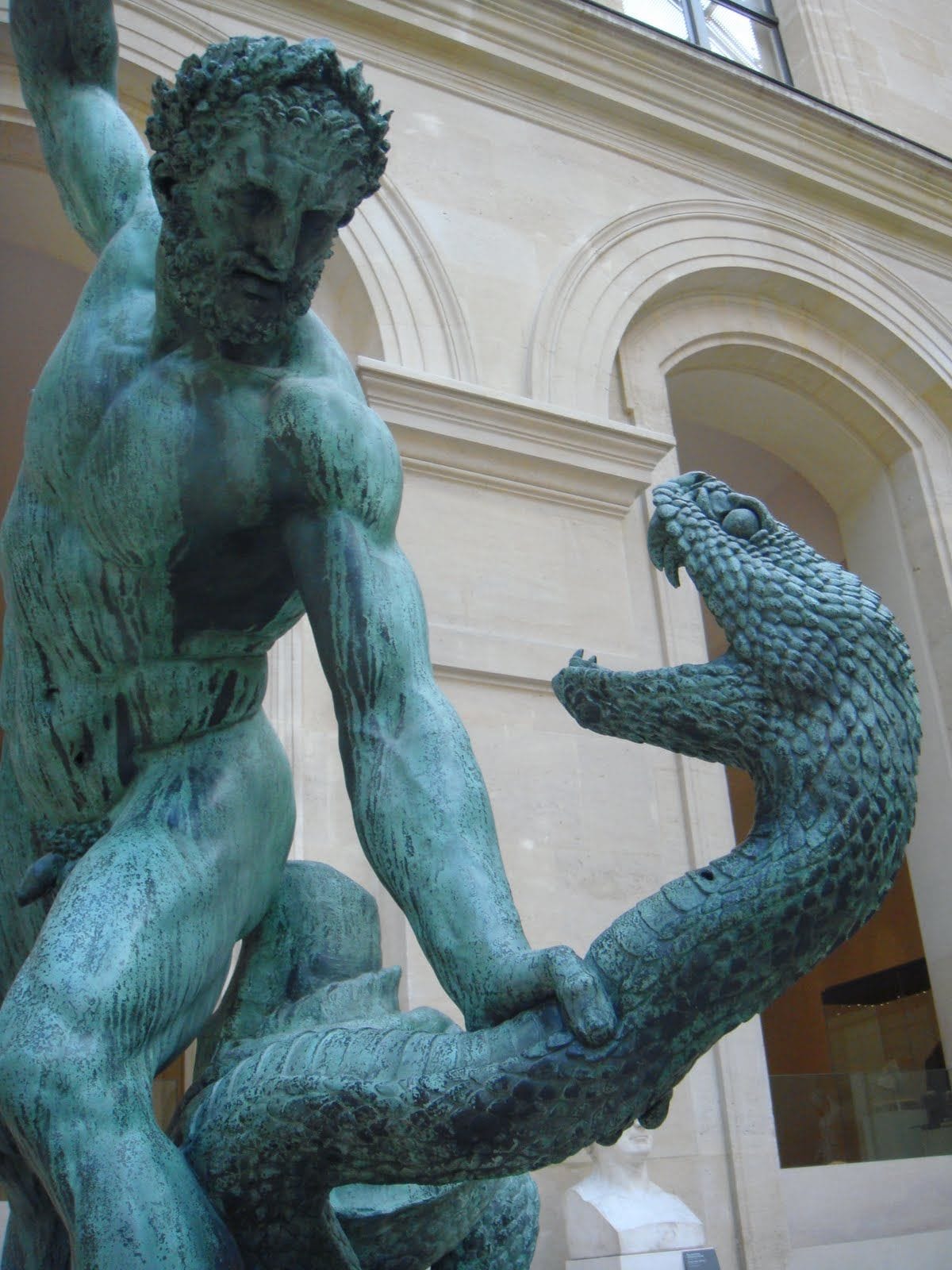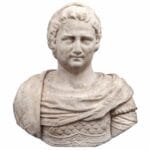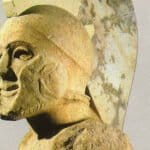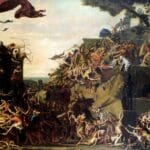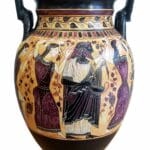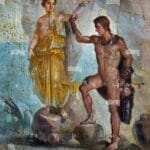A Bronze Battle Misunderstood
The Louvre Museum, home to countless treasures, houses a bronze masterpiece often mistaken for the legendary battle between Hercules and the Hydra. This dynamic sculpture, however, reveals a different story: the clash between Hercules and the river god, Achelous, vying for the heart of the beautiful Deianira.
Crafted by François-Joseph Bosio in the 19th century, the sculpture pulsates with a tangible energy, showcasing the artist’s mastery of capturing movement and emotion. Originally a prominent fixture in the Tuileries Gardens, the piece eventually found its home amongst the world’s finest art in the Louvre.
Unraveling the Rivalry: Hercules and Achelous
While the sculpture powerfully showcases Hercules, the narrative’s true heart lies in the lesser-known rivalry it depicts. Achelous, with his serpent-like form, embodies the raw, untamed forces of nature. Hercules, in contrast, represents human strength and resolve. This struggle, immortalized in bronze, adds a layer of intrigue, prompting us to delve deeper into the intricate themes of love, power, and masculinity that weave throughout Greek mythology.
Why This Sculpture Continues to Captivate
- A Window to the Past: The sculpture, once a highlight of the Tuileries Gardens, offers a tangible connection to a bygone era.
- Bosio’s Enduring Legacy: François-Joseph Bosio, more than just a sculptor, was a trendsetter. His ability to breathe life into his work significantly influenced the direction of French sculpture during the Neoclassical period.
- The Louvre’s Seal of Approval: Its presence within the Louvre’s hallowed halls speaks volumes about the sculpture’s artistic merit and enduring appeal.
Locating the Masterpiece: Where to Find Hercules and Achelous
Eager to witness this captivating clash firsthand? The “Hercules and Achelous” sculpture (inventory number LL325) stands proudly within the Louvre Museum in Paris, beckoning art enthusiasts to unravel its story.
The Elusive Original: The Case of the Missing Hercules
While the Louvre houses a stunning depiction of Hercules, the search for an original Hercules statue from ancient Greece proves a difficult endeavor. The ancient Greeks favored bronze for its durability, but its inherent value led to many sculptures being melted down and repurposed.
However, the Roman fascination with Greek culture resulted in numerous marble copies of Greek masterpieces, including those depicting Hercules. The “Hercules Fighting the Hydra” sculpture at the Louvre, while not an original, offers valuable insights into the potential appearance of its Greek predecessor.
A Love Story in Marble: Finding Psyche Revived in the Louvre
As you journey through the Louvre, seeking the tale of “Psyche Revived by Cupid’s Kiss,” your quest finds its end in Room 403, nestled within the Denon Wing on the Ground Floor. There, Antonio Canova’s masterpiece captures the very moment when Cupid’s kiss breathes life back into Psyche.
This iconic sculpture, renowned as the epitome of Neoclassical art, draws viewers into a moment overflowing with emotion. Canova’s artistry transforms marble into a testament to the enduring power of love and forgiveness.
Expanding Our Understanding: Unveiling Further Insights
The exploration of art and mythology often leads to more questions. While the “Hercules and Achelous” sculpture provides a glimpse into a captivating narrative, further research can illuminate deeper meaning:
- Unpacking Artistic Merit: Analyzing the sculpture’s style, technique, and significance within Bosio’s larger body of work reveals a deeper understanding of its artistic impact.
- Delving into the Rivalry: A deeper dive into the myth of Hercules and Achelous unlocks insights into love, power, and masculinity as portrayed in Greek mythology.
- Tracing the Original: Locating the marble original from which the bronze was cast adds another layer to the artwork’s story.
As we continue to explore and analyze these masterpieces, we gain a greater appreciation for the stories they tell and the history they embody. For those seeking further adventures in art and numismatics, the gold 20-stater of the Greco-Bactrian King Eucratides I awaits, promising a journey into intricate detail and historical significance.
- SYBAU See You Baby Meaning: Gen Z Slang Evolves - July 1, 2025
- Unlock Your Inner Youth: Lifestyle Secrets for a Vibrant Life - July 1, 2025
- Decode SYBAU Meaning: Gen Z Slang Explained - July 1, 2025
